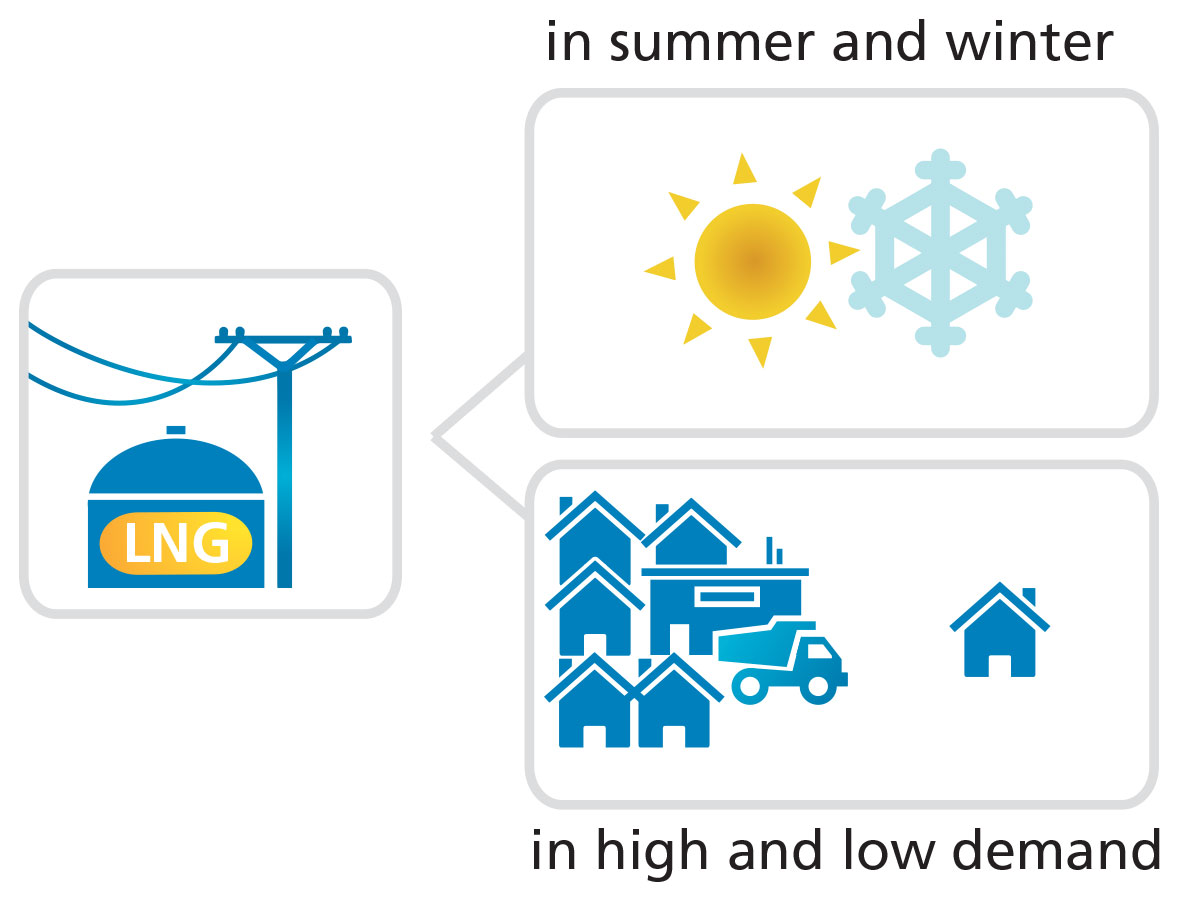Liquefied natural gas (LNG) is natural gas (predominantly methane, CH 4, with some mixture of ethane C 2 H 6f) that has been converted to liquid form for ease of
Liquefied Natural Gas. Natural gas is liquefied by cooling it to -160 °C (-260 °F) at atmospheric pressure. At that temperature, LNG occupies 1/600th the volume of



ries of seven papers to provide factual information about Liquefied Natural Gas of the density of that gas to the No. 1 — Basic Properties of LNG °° ° Gas
LIQUEFIED NATURAL GAS LNG 9.20 SATURATED LIQUID DENSITY Temperature (degrees F) Pounds per cubic foot-290-288-286-284-282-280-278-276-274-272-270-268
Liquefied Natural Gas (LNG) Awareness . 2 . 1 Specific gravity refers to a materials density in This is why Natural Gas is liquefied.

Liquefied natural gas (LNG) is natural gas (mainly methane, CH4), artificially liquefied by freezing it down to −161.5 °C for storage and transportation
About This Report Growing Demand for Natural Gas Natural gas plays a vital role in the U.S. energy supply and in achieving the nation’s economic


In response to the publication of the U.S. Energy Information Administration’s (EIA) Annual Energy Outlook 2017, Center for Liquefied Natural Gas (CLNG) Executive

LNG is Natural Gas cooled down to condensate at -161 o C (-258 o F). Natural gas consists primarily of methane. Impurities and heavy hydrocarbons from the gaseous
Online tool for calculating the density of liquefied natural gas (LNG) by temperature and composition

